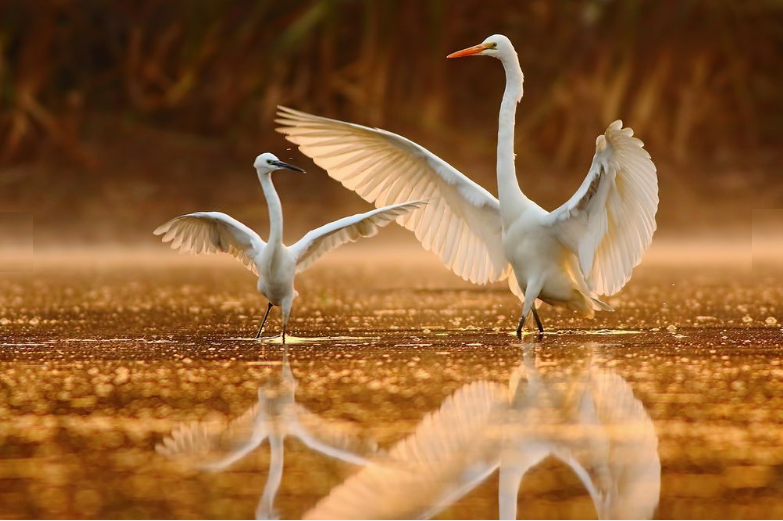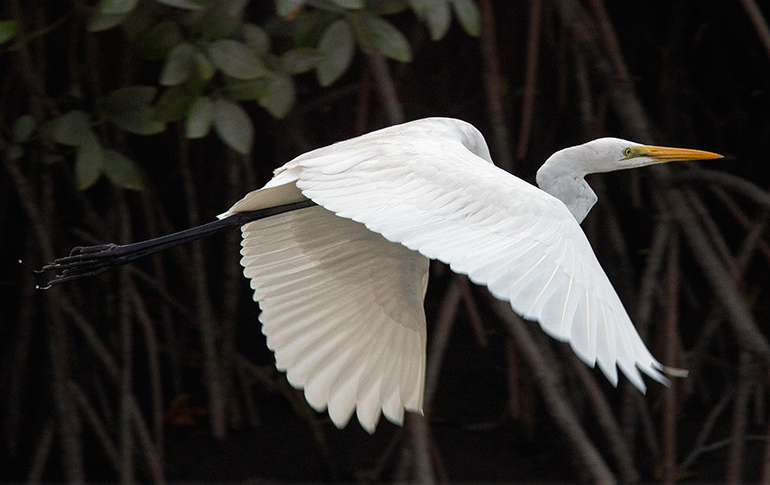Eastern Great Egret

The Eastern great egret is a bird of the Indian subcontinent and is spread in eastern Asia and Australia. Eastern great egret is also known as Ardea modesta is a large, elegant white heron with all-white plumage and yellow bill.
They are very beautiful to watch, and you can see them standing still in the water, no matter which part you are in India they are just seen everywhere near water bodies and wet fields. You can find its breeding population in freshwater wetlands, in open lakes, large marshes, and large rivers.
These birds are very large and measure up to 100 cm in length and can weigh about 1,200 grams. There is white plumage and a black bill that turns yellow while breeding. Their legs are long in red or black in color. and they move in large flocks.

Feeding
Eastern great egret is carnivores. Fish is their main food while they also eat small reptiles, small birds, molluscs crustaceans, frogs, other aquatic creatures, and rodents and grasshoppers. They stand still in shallow water and prey with its bill.
Nesting

Great Egrets build stick nests near water, trees, shrubs in colonies. Their nest are wide and have shallow areas for eggs and hatchlings. Both parents incubate the egg and feed their young. After three weeks, the young may start climbing the nest, and only after 6-7 weeks they fledge.
Migration

Great Egrets undertakes some regular seasonal movements, from breeding colonies to dry season coast and change location with availability of wetland habitat. Great Egrets are apparently resident and partially migratory with birds moving from an area with colder winters. A portion of the Asian and Australian populations migrate.






